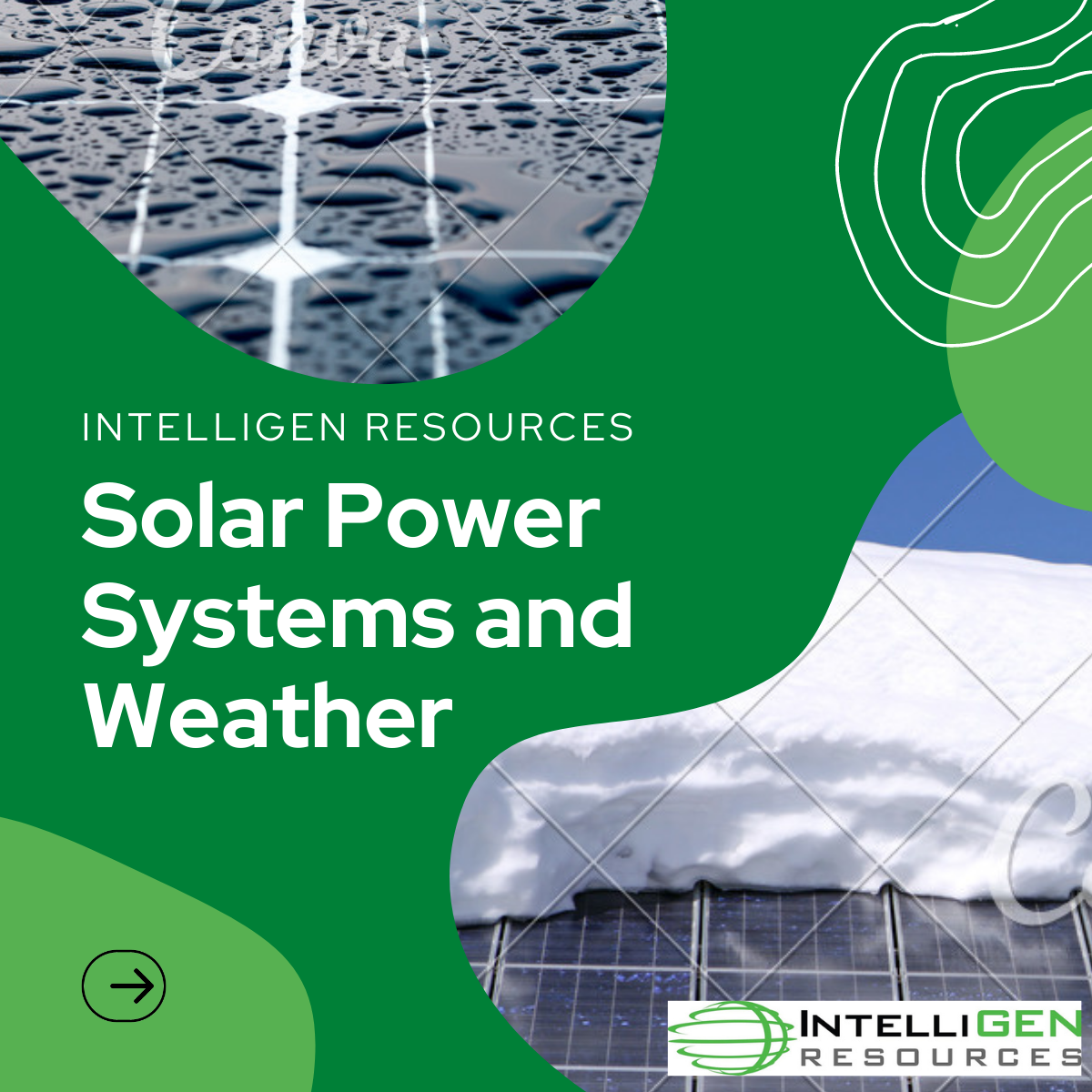Solar Power Systems and Weather
The sun offers an eco-friendly, powerful, and revolutionary way to provide electricity to your home . To maintain the maximum power from the sun, solar panels are expertly mounted and engineered to fit on a variety of different rooftops, commercial or residential. That means they are subjected to many different climates and weather extremes across the nation. Here in Texas, tornado strength winds, extreme heat waves in the summer and below freezing unexpected snow storms result in a variety of array conditions. How does our tier one solar panel installations hold up when bad weather hits?
Rain, Clouds, and Thunderstorms
Even during rainy, cloudy, and stormy days the spectrums of UV, visible, and infrared light are still present although in a smaller quantity. You know this because even on cloudy days you can get a sunburn caused by UV rays. Although at a weaker intensity, sunlight still can penetrate through these conditions and reach solar panels. Even when it’s raining, the photovoltaic panels of your solar system still work. But depending on the amount and severity of the rain and cloud cover, the rate of uptake efficiency would be anywhere between 40 to 90 percent less than it would be on a bright clear sunny day sky. That being said, rain is surprisingly beneficial to your solar power system as it serves to wash away dirt and debris, essentially giving your panels a good cleaning now and then. Just like cloud cover limits exposure, pollen, bird droppings, and leaves that cover your panels limit the amount of sunlight that’s getting through for conversion. Fortunately, rain serves to wash it all away and increase your photovoltaic panels uptake efficiency.
Windy days and Hurricanes
We have had two significant snow events in 2021 that brought snow as well as strong, freezing wind that reached 30 miles per hour. Any kind of strong wind can quickly tangle up power lines, rip off roof shingles, and uproot trees. When strong winds hit, electricity can be the first thing to go—sometimes for hours on end, or even days. Fortunately, our tier one solar panels are sturdier—they’ve successfully remained intact through hurricane winds that in fact tore off shingles from the said mounted roof. With our expert installation they can withstand up to 150 miles per hour.
Hail
The crystalline cells that make up photovoltaic panels can crack if they are hit directly from a severe enough hailstorm. Hailstone damage to solar panels is still very rare, however, since most photovoltaic panels are covered with acrylic, glass, or laminate. In areas that are more likely to have hailstorms, thin-film panels are recommended since they can withstand direct, violent impacts from rock-sized objects. In one test, a panel protected with glass casing was able to take on hailstones that were being shot at velocities of 260 miles per hour! What’s more, most solar panels are installed at a rooftop angle, which means they won’t be taking direct hits from hailstorms anyway. Additionally, most hailstorms come from the north while most solar panels are installed on the south side of a roof.
Snow
Snow can be heavy and seem to blanket everything, but that doesn’t mean your solar panels won’t be generating any electricity in the winter months. In fact, you might see an increase after a big snowfall. Snow can actually increase the production of solar energy due to the snow reflecting sunlight. Due to that solar panels are said to produce more energy on cold sunny days than on hot ones without snow. Keep in mind though, that the days are shorter in the winter, which means that overall solar production from your system will still drop.
If installed correctly, solar panels work in all kinds of weather and all kinds of climates. Sometimes, they continue working even when other energy transmitters don’t. Those are a few more reasons to switch to solar, if you haven’t already. If you are having issues with your solar power system, or would like to visit with one of our solar education experts please reach out to our team directly by emailing us at sage@intelligenresources.com




